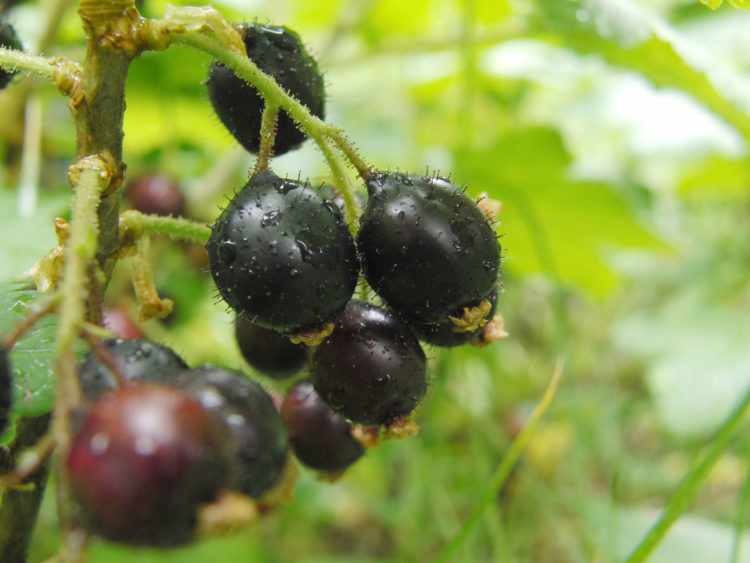
It’s wild booze month at Hunger & Thirst, so I have my friend Butter to thank for getting me into the liquor cabinet for a night of distraction from my many winter obligations.
Fortunately, Gregg and I were good alcohol squirrels over the warmer months, storing wild foraged ingredients in bottles of booze now and again. One batch of our prized bathtub gin—made from vodka flavored with juniper “berries” and wild angelica—remains, but as of the other night there were also a few experiments yet to be tried: wild grape vodka, wild black currant vodka, and wild black currant brandy among them.
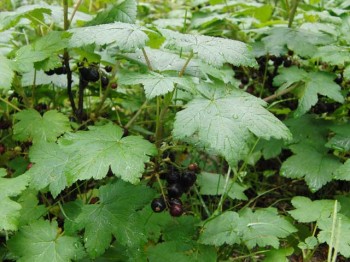
We tested the currant vodka first. It is a stunning deep black-red-purple in color, a beautiful contrast to the recent whites of snows we’ve been getting in the high country.
Gregg says the taste is similar to the black currant juice he drank every morning over breakfast while visiting Austria last winter. In fact, he is so obsessed with the stuff that any time we try anything flavored with the fruit—the vodka, brandy, and also some preserves I made—he gets to ruminating on how to obtain black currant juice in bulk.
“Maybe I could import some?” he says. “Or get it from Vitamin Cottage?”
“Vitamin Cottage?” I reply, taken aback. “Why on earth would you do that if we can forage it ourselves?”
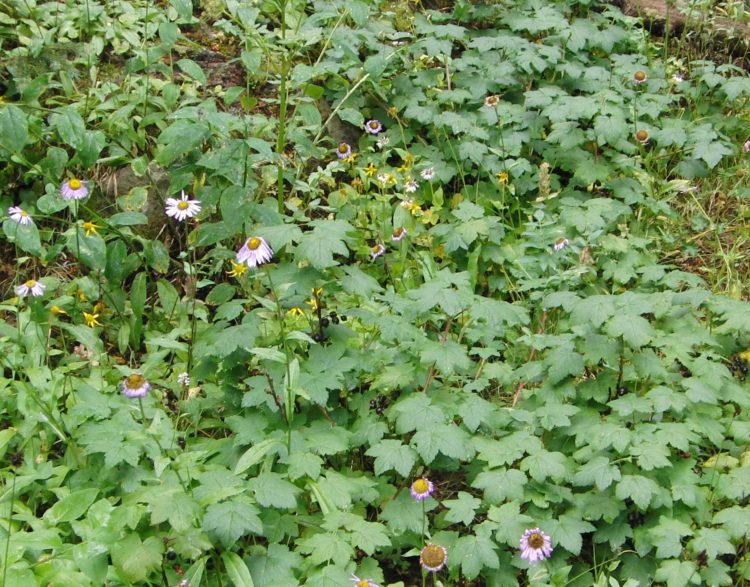
“Let me get this straight: You wouldn’t even want any porcini?” I argue, since he prizes the wild mushroom so.
“Not if it cuts into my black currant supply.”
I see.
Currant Debate
Not to be confused with the sticky red currants or purple gooseberries that also abound in the Colorado high country, the currants I used to infuse the boozes four months ago were the big, shiny black berries of a low-lying spineless Ribes—the trailing black currant Ribes laxiflorum, which is a different species though similar in flavor to the European Ribes nigrum.
We collected a bunch late in fall, handfuls at a time, on our hands and knees in the underbrush of a shady mountain valley next to the ruins of a miner’s cabin above Fairplay, Colorado.
Europeans were among Colorado’s early miners, so at first I thought my find might be a cultivated variety, especially since the currants fruit so profusely in proximity to the cabin. But it is in fact a native species that occurs here in a limited range along the Continental Divide.
Various species of Ribes can serve as alternate hosts to pine blister rust, a fungal disease that is deadly to many pines. For this reason, currant cultivation was widely banned throughout the United States’ early history, and even native species were targeted for eradication. While black currant (R. nigrum) cultivation is beginning to catch on in places, restrictions on growing it remain to this day in a number of U.S. states.
Intoxicating Liquid Currant Candy
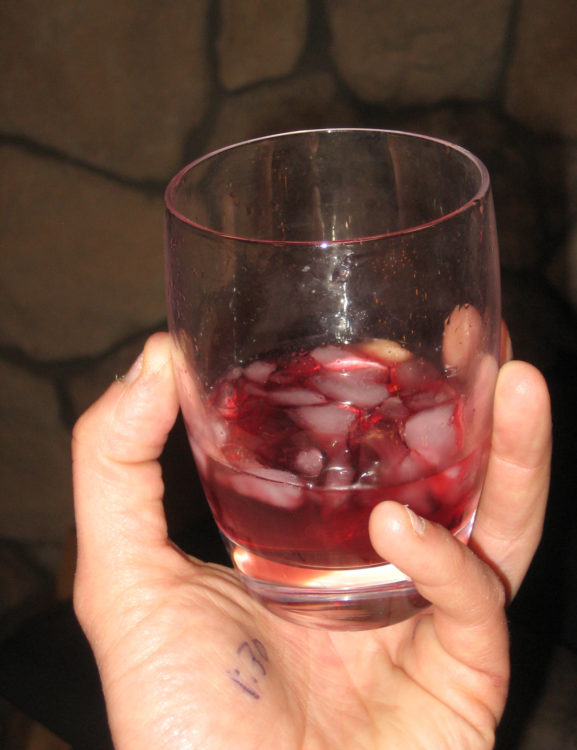
Our black currant vodka was good straight up, but I liked it better mixed into a basic cocktail with club soda and simple syrup. “Mmm,” Gregg said, calling it a “fruity drink” while acknowledging the strong and distinctive flavor of the currants. It’s too bad I only made a pint because we downed our drinks fast and then he helped himself to a second one, polishing off the batch in an evening.
The next night I dipped into the black currant brandy. Now that’s the stuff with which my current currant dreams are flavored. A sucker for sweet liqueurs, I added a few tablespoons of simple syrup to a shot of the wild red-purple brandy and served it over crushed ice.
What can I say? It is divinity in a glass. We voted it best in house, albeit based on a survey of only two residents. After that it was all I could do to rescue it from the boyfriend’s eager gaze, as I hope to share some with my parents come February.
Shoving the brandy back in the closet, I opened a bottle of wild grape vodka in its stead and endeavored a similar creation—wild grape liqueur over crushed ice. It suffices, but it’s nothing to write the internet about—at least not compared to wild black currant brandy.
Updated 2.18.21
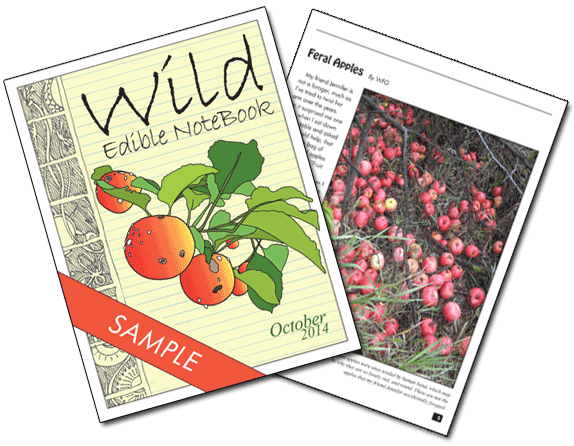
Have you tried Ribena? It is a black current syrup that you mix with water to get the wonderful juice Gregg loved so much. My husband drank it growing up in England and is obsessed with it. I know there is an import place here in Sacramento that sells it but you could probably buy it online too.
Oooh, cool! I know somebody who is going to be very excited. Thanks!
Well because of our obsession we intend to get what is due to us.With this I can say that Wild Black Currant Brandy is the best as well as Ribena , right LenaLoo? And once you taste it you will cling to it.